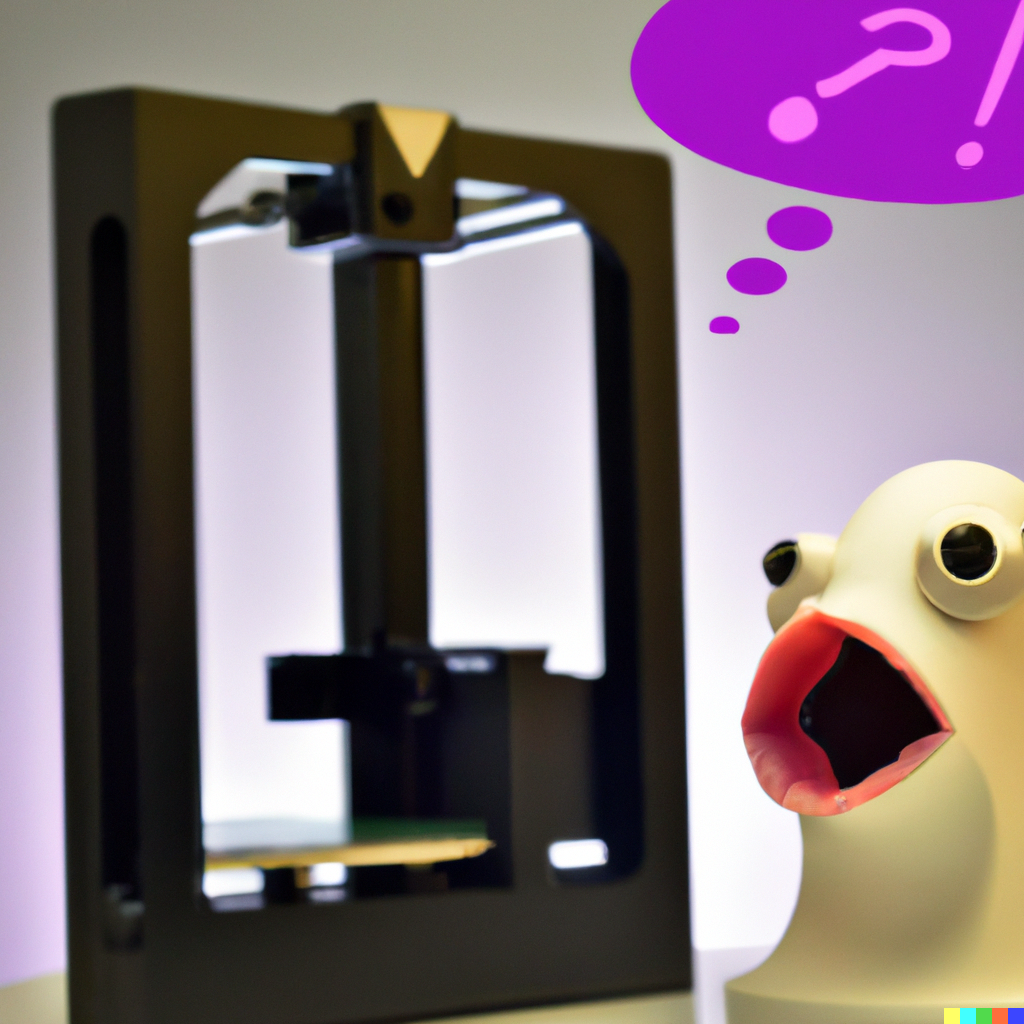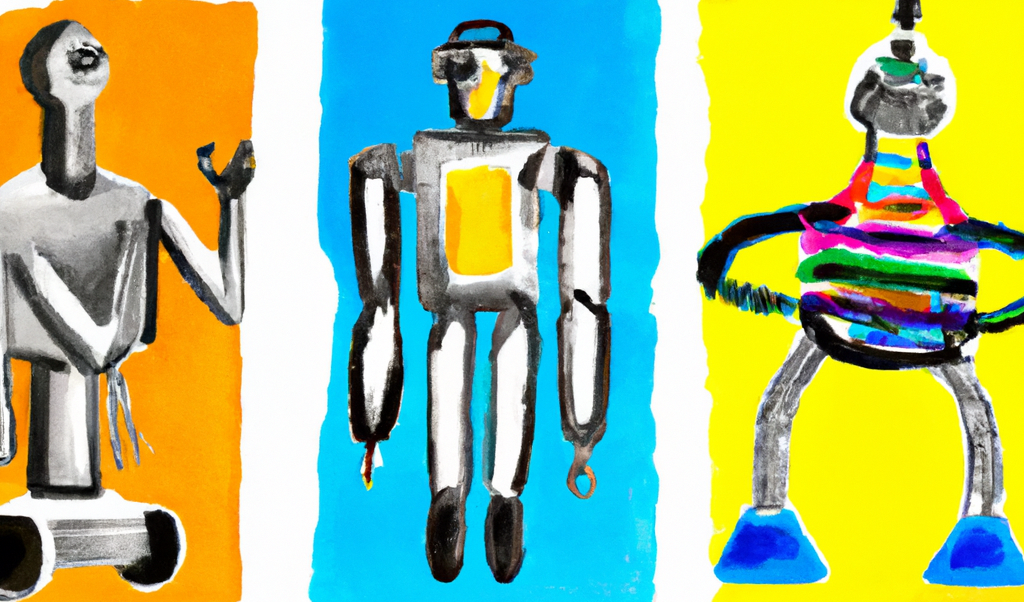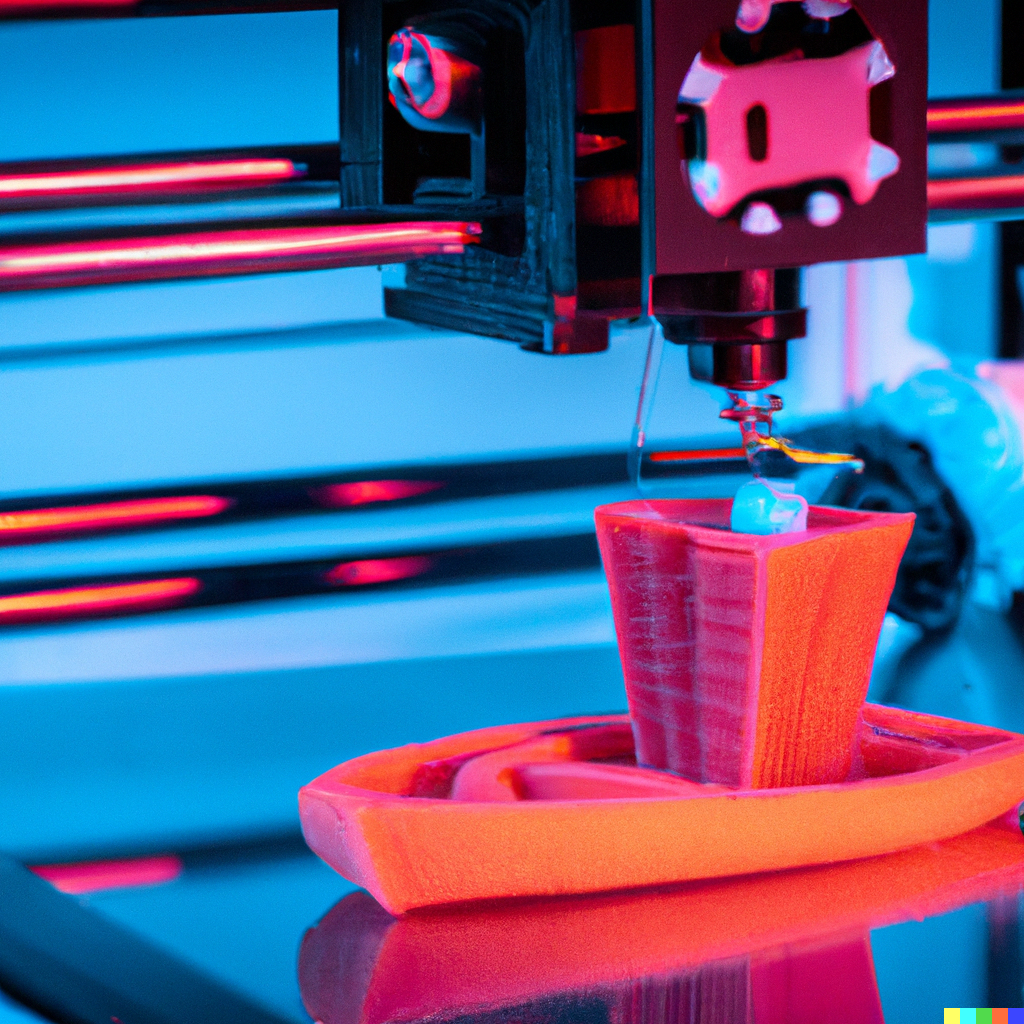
The Robotic Essence of 3D Printers: Are They Truly Robots?
As a robot enthusiast, I often find myself at the intersection of technology and philosophy, pondering questions that challenge our conventional understanding of machines. For instance, are 3D printers robots? To the uninitiated, this might seem like a straightforward inquiry, but as we delve deeper, we uncover a fascinating exploration of what constitutes a robot and where 3D printers fit into this definition! Ready to dive in?
Understanding Robotics
To address whether 3D printers are robots, we must first define robots. Traditionally speaking, a robot is a machine–especially one that can be programmed with a computer–capable of carrying out a complex series of actions automatically. Robots can typically sense their environment to some degree, process information, and perform physical tasks without human intervention.

The Case for 3D Printers as Robots
3D printers (particularly those that operate autonomously after receiving digital instructions) exhibit many robotic characteristics. They are programmable, can execute complex tasks, and often include sensors that calibrate and adjust the printing process in real-time. Like robots, 3D printers translate digital commands into physical action, creating three-dimensional objects layer by layer with precision and repeatability.
The process of 3D printing, also known as additive manufacturing, involves a print head or nozzle that moves along multiple axes. This movement is controlled by sophisticated software that dictates the printer’s actions, much like the way a robotic arm is directed to weld a car chassis or assemble electronics. In this sense, one could argue that 3D printers are indeed a specialized form of robot, designed for the specific task of manufacturing objects layer by layer.

The Counterargument
On the other hand, some might argue that 3D printers lack certain elements typically associated with robots. For instance, most 3D printers do not have the ability to make autonomous decisions based on sensory input in the way that a self-driving car or a robotic vacuum might. They follow a predetermined path and do not adapt to their environment or make choices in real-time.
Furthermore, the term “robot” often conjures images of anthropomorphic machines or mechanical arms that interact with their surroundings in a more dynamic way. Conversely, 3D printers are stationary devices focused on an internal creation process, which may lead some to view them as tools rather than robots.
The Evolution of 3D Printing and Robotics
As technology advances, the line between 3D printers and robots continues to blur. Modern 3D printers are becoming more sophisticated, with features such as AI-driven quality control, self-calibration, and even the ability to make adjustments on the fly. These advancements are pushing 3D printers closer to the realm of true robotics.
The integration of 3D printing technology with robotic systems is also leading to exciting developments. Robotic arms equipped with printing nozzles can navigate and create structures in challenging environments, from construction sites–and hopefully one day in outer space. These hybrid systems combine the best of both worlds, leveraging the flexibility of robotics with the additive manufacturing abilities of 3D printing.
Robot or Not? What do YOU think?
Whether we classify 3D printers as robots may come down to our definitions and the context in which we discuss them. However, it’s pretty clear that 3D printers embody the spirit of robotics: they transform of code into tangible, functional reality. The convergence of 3D printing and robotics is an intellectually stimulating harbinger of the innovative leaps we are poised to make in technology and engineering. As we continue to redefine and expand the capabilities of what robots can be, 3D printers stand as a testament to the creativity and ingenuity of the human mind–and are an important a robotic endeavor in their own right.



